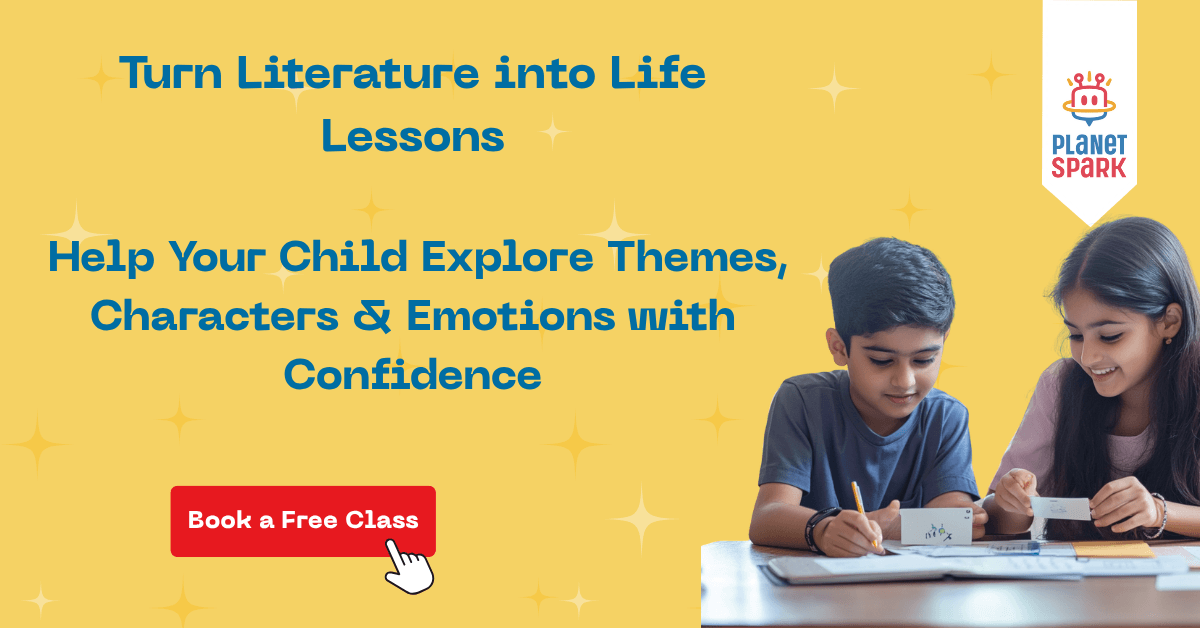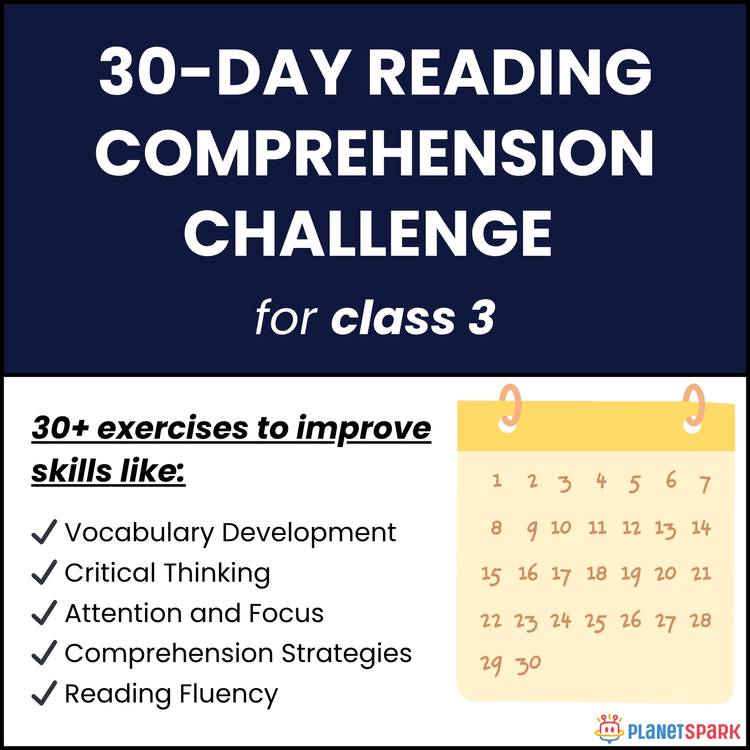The Enemy Summary – Complete Guide for Class 12 Students

Have you ever faced a choice between duty and conscience? The Enemy presents a tense moral test that asks exactly that. Set on a Japanese coast during wartime, the story follows Dr. Sadao Hoki and his wife Hana when a wounded white man, an escaped prisoner of war is washed ashore near their home. What begins as a medical emergency becomes a quiet, gripping drama of loyalty, fear, and humanity.
In this blog we will provide a clear, line-by-line The Enemy summary for Class 12 students, along with character sketches, themes, detailed analysis, and NCERT-style question‑and‑answer practice to help you prepare for exams. Read on to understand the choices Dr. Sadao faces, the social pressures around him, and the deeper moral questions the story raises.
The Enemy Summary
Introduction
The Enemy is a thought-provoking short story set in Japan during World War II. It tells the story of Dr. Sadao Hoki, a talented Japanese surgeon, and his wife Hana, who encounter an injured American soldier, an enemy by nationality, on the Japanese coast. The story explores deep moral dilemmas, highlighting themes such as humanity, duty, patriotism, moral courage, and ethical decision-making. Buck’s story emphasizes that true morality often requires going beyond societal rules and expectations.
Background of Dr. Sadao
Dr. Sadao Hoki is portrayed as a well-educated and highly respected surgeon. He comes from a disciplined Japanese family that values honor, obedience, and service to the nation. To further his education, Sadao was sent to America, where he mastered advanced surgical techniques. Upon returning to Japan, he becomes a prominent surgeon, serving important clients such as a Japanese General. While he enjoys comfort, prestige, and social respect, he also carries the internal conflict of balancing professional ethics with national loyalty. His calm, intelligent, and rational personality is crucial in the story’s moral conflict.
Discovery of the Enemy
One day, while walking along the beach near his home, Sadao notices a man washed ashore, badly wounded. Upon closer inspection, he realizes the man is an American soldier—Japan’s enemy during the ongoing war. The sight shocks him. The soldier is severely injured, his condition life-threatening. Sadao immediately faces a dilemma: if he ignores the man, the soldier will surely die; if he helps, he risks punishment, social disgrace, and even death for aiding the enemy. This moment establishes the story’s central tension: the conflict between moral duty and patriotic duty.
Book Your Free Demo Today!
Experience our interactive learning firsthand.
The Decision to Help
Despite the dangers, Sadao’s professional training and humanity compel him to help. He decides that his ethical responsibility as a doctor outweighs national loyalty. He instructs his wife Hana to assist him in saving the soldier. Hana shows courage, empathy, and wisdom as she helps care for the wounded man, preparing his bed and assisting in treatment. Their household servants, however, refuse to help, fearing punishment or social backlash. This contrast underscores the story’s message that true moral courage often requires individual resolve against societal pressure.
Medical Treatment and Surgery
Dr. Sadao begins by performing first aid on the soldier using sea moss to stop bleeding and clean the wounds. He works meticulously, despite limited resources and the constant threat of being discovered. Once the soldier’s immediate life-threatening injuries are stabilized, Sadao decides to perform a delicate operation to remove a bullet lodged in the man’s back. This operation is risky—not only medically but also personally, as discovery could ruin his career and put him in legal danger. Hana supports Sadao throughout, administering anesthesia and helping the patient recover. Through this sequence, Buck emphasizes the surgeon’s commitment to preserving life above all else.
Moral Dilemma and Inner Conflict
During the soldier’s recovery, Sadao struggles with fear, doubt, and the tension between his loyalty to Japan and his commitment to humanity. He worries about repercussions from the authorities, potential gossip from neighbors, and the general consequences of aiding an enemy. At the same time, he recognizes the inherent value of life and the ethical principle that saving a life is more important than allegiance to political divisions. This inner conflict highlights Buck’s theme of moral courage, showing that ethical choices are rarely easy but are a hallmark of true character.
Arranging a Safe Escape
Once the soldier regains strength, Sadao devises a plan to ensure his safety. He prepares food, blankets, and other essentials, and takes the soldier to a nearby uninhabited island, where he can wait for a possible rescue. This act of careful planning and selflessness underscores the depth of Sadao and Hana’s compassion and bravery. They go beyond simple medical care, risking their lives to ensure the soldier survives. Buck uses this episode to demonstrate that empathy and humanity transcend national boundaries, even in times of war.
Conclusion
The Enemy ultimately conveys that morality, compassion, and humanity are above nationality, political allegiance, and fear. Dr. Sadao and Hana exemplify moral courage, prioritizing human life over social, professional, or national expectations. The story invites readers to reflect on the importance of ethical responsibility, empathy, and the courage to act rightly, even under extreme circumstances. Buck leaves the reader with the idea that true nobility lies in doing what is morally right, rather than simply what is expected by society or dictated by politics.
The Enemy Class 12 Question Answer
1. There are moments in life when we have to make hard choices between our roles as private individuals and as citizens with a sense of national loyalty. Discuss with reference to the story you have just read.
In “The Enemy,” Dr. Sadao faces exactly this moral dilemma. As a private individual and a doctor, he has a duty to save lives, regardless of nationality. As a Japanese citizen during wartime, he is expected to view the enemy soldier as someone to be captured or left to die. Sadao chooses to follow his conscience and professional duty, helping the soldier recover despite the risks of punishment, social backlash, or accusations of treason. The story illustrates that moral and ethical responsibility can sometimes conflict with national loyalty, and true courage lies in prioritizing human values over blind patriotism.
2. Dr Sadao was compelled by his duty as a doctor to help the enemy soldier. What made Hana, his wife, sympathetic to him in the face of open defiance from the domestic staff?
Hana’s sympathy comes from her love for Sadao and her understanding of his ethical principles. She trusts his judgment and shares his sense of compassion and moral duty. While the domestic staff refuses to help due to fear of punishment and societal expectations, Hana shows courage, empathy, and moral clarity. She supports Sadao by assisting in the soldier’s care, showing that loyalty to loved ones and commitment to human life can transcend fear of social consequences.
3. How would you explain the reluctance of the soldier to leave the shelter of the doctor’s home even when he knew he couldn’t stay there without risk to the doctor and himself?
The soldier’s reluctance stems from fear, vulnerability, and dependence. He is severely injured and weak, unable to survive on his own. Despite knowing the danger to Sadao, he trusts the doctor’s care and feels safe under his protection. This reflects a natural human instinct to cling to safety and life, as well as gratitude towards someone who risked everything to save him.
4. What explains the attitude of the General in the matter of the enemy soldier? Was it human consideration, lack of national loyalty, dereliction of duty or simply self-absorption?
The General’s attitude reflects self-absorption and practical calculation rather than pure morality. He recognizes that the enemy soldier poses no threat while being treated and that punishing Sadao could be politically or socially inconvenient. While there may be a hint of human consideration, it is mainly driven by his detachment and concern for his own convenience rather than genuine empathy or neglect of national loyalty.
5. While hatred against a member of the enemy race is justifiable, especially during wartime, what makes a human being rise above narrow prejudices?
A human being rises above prejudice through empathy, moral courage, and ethical reasoning. In the story, Sadao prioritizes his professional and humanitarian duties over societal expectations and national hatred. Understanding the inherent value of human life, recognizing shared humanity, and being guided by conscience rather than blind nationalism allows individuals to act justly, even in wartime.
6. Do you think the doctor’s final solution to the problem was the best possible one in the circumstances?
Yes, Sadao’s solution, nursing the soldier back to health and arranging a safe escape, was the best under the circumstances. It ensured the soldier’s survival while minimizing risk to himself and his family. Capturing or killing the soldier would have violated Sadao’s professional ethics, while leaving him to die would have been morally unacceptable. The solution demonstrates a balance between practical caution and ethical responsibility.
7. Does the story remind you of ‘Birth’ by A. J. Cronin that you read in Snapshots last year? What are the similarities?
Yes, both stories highlight the moral dilemmas faced by doctors. In Birth, Dr. Cameron faces the challenge of saving a life under difficult circumstances, and in The Enemy, Sadao faces the challenge of saving an enemy soldier. Both stories explore themes of professional ethics, moral courage, and the sanctity of human life, showing how doctors must sometimes make choices that conflict with societal expectations.
8. Is there any film you have seen or novel you have read with a similar theme?
Films like Schindler’s List and novels like Les Misérables share similar themes. In these stories, characters act against societal norms or oppressive regimes to save lives, showing courage, empathy, and moral responsibility. They emphasize that doing what is right often requires risking personal safety and defying public opinion, just as Sadao does in The Enemy.

Character Sketch - The Enemy Summary
1. Dr. Sadao Hoki
Traits: Compassionate, courageous, moral, and intelligent.
Compassionate & Ethical: Sadao’s first instinct when he finds the wounded enemy soldier is to save his life, showing his strong sense of duty as a doctor. He places human life above politics and war.
Courageous & Responsible: He risks his reputation, safety, and career by harboring an enemy soldier during wartime. This highlights his bravery and moral strength.
Intelligent & Strategic: Sadao plans carefully to treat the soldier and keep him hidden, showing his practical thinking and problem-solving skills.
Conflict: He struggles between his national loyalty as a Japanese and his humanitarian duty, demonstrating the complexity of his character.
Example: His careful care for the soldier, despite fear of punishment, shows his dedication to ethics over societal pressure.
2. Hana
Traits: Loyal, empathetic, brave, and supportive.
Loyal & Supportive: Hana supports her husband’s moral decision and assists him in caring for the enemy soldier.
Empathetic & Compassionate: She understands Sadao’s struggle and helps the soldier without hesitation, showing kindness and moral clarity.
Brave: Despite knowing the risks of helping an enemy, she acts courageously, defying societal norms and fear of consequences.
Example: Hana tends to the soldier’s needs alongside Sadao, showing her deep sense of empathy and partnership in moral duty.
3. The Enemy Soldier
Traits: Vulnerable, grateful, wary, and honorable.
Vulnerable & Dependent: The soldier is gravely injured and relies completely on Sadao’s care for survival.
Grateful & Respectful: He trusts the doctor and shows gratitude for saving his life.
Wary & Cautious: He is aware of the danger to both himself and Sadao but cannot leave due to weakness, reflecting a natural human instinct for survival.
Honorable: Even as an enemy soldier, he does not exploit the situation and respects those who help him.
Example: His reluctance to leave the doctor’s home reflects his dependence and recognition of Sadao’s kindness.
4. The General
Traits: Self-absorbed, indifferent, practical, and detached.
Self-absorbed & Detached: The General prioritizes convenience over ethics or national duty.
Practical & Indifferent: He allows the enemy soldier to be treated without personal involvement, showing detachment from human suffering.
Lacks Empathy: Unlike Sadao and Hana, he does not consider moral or humanitarian concerns seriously.
Example: The General’s attitude shows that authority figures may sometimes act out of self-interest rather than ethics or duty.
Get Started with a Demo!
See how we make complex topics easy and engaging.
About the Author – Pearl S. Buck
Pearl S. Buck (1892–1973) was an American writer who spent much of her early life in China. She is best known for “The Good Earth” and won the Nobel Prize in Literature in 1938. Her stories often explore humanity, moral dilemmas, and cultural conflicts, highlighting compassion and the struggle between personal ethics and social expectations. She also worked for children’s welfare and women’s rights, leaving a lasting humanitarian legacy.
Theme
The story explores the conflict between personal morality and national loyalty. It highlights humanity, compassion, and ethical duty over blind patriotism. Key themes include:
Moral responsibility: Choosing to do what is right despite social or national pressures.
Humanity over prejudice: Rising above hatred and fear of the enemy.
Sacrifice and duty: Balancing personal safety with ethical obligations.
Symbolism
The Enemy Soldier: Represents the shared humanity behind national conflicts and the moral dilemmas of war.
Dr. Sadao’s Home: Symbolizes a safe haven, moral conscience, and the private space where ethical choices are tested.
Hana (the wife): Symbolizes empathy and moral support, showing that understanding and kindness can overcome fear and prejudice.

Key Takeaways
Moral Duty vs. National Loyalty: The story highlights the struggle between ethical responsibility as a human being and obligations toward one’s country.
Humanity Over Prejudice: Compassion and empathy can overcome fear and hatred, even during war.
Courage in Doing Right: True bravery is not only in battle but also in making morally difficult decisions, like helping an enemy.
Role of Supportive Relationships: Hana’s understanding and encouragement show the importance of support in facing ethical dilemmas.
Consequences of Ethical Choices: Every moral decision carries risks, but acting with integrity preserves one’s humanity.
Universality of Human Emotions: Despite differences in nationality, people share common feelings of fear, gratitude, and hope.
Readers Also Read
The Tiger King – A satirical tale about pride, fate, and human folly as a king hunts 100 tigers, ignoring a prophecy.
Keeping Quiet – Pablo Neruda’s poem urging silence and introspection to understand oneself and the world.
Poets and Pancakes – A humorous look at life in Gemini Studios, exploring creativity, identity, and work.
My Mother at Sixty-Six – Kamala Das reflects on her mother’s aging, highlighting love, loss, and the passage of time.
Lost Spring – Stories of underprivileged children deprived of childhood, exploring poverty and social injustice.

Why Choose PlanetSpark for Exploring Stories Like The Enemy
Stories like The Enemy teach children important life lessons about empathy, morality, and courage. At PlanetSpark, we help children engage deeply with such literature through interactive and creative learning experiences.
Personalized Learning: PlanetSpark’s online programs guide children to analyze characters, understand themes, and relate stories to real-life situations.
Critical Thinking & Discussion: Our sessions encourage kids to reflect on ethical dilemmas, discuss different perspectives, and express their thoughts confidently.
Creative Expression: Through activities like story-writing, role-playing, and speech exercises, children learn to communicate ideas effectively while developing a strong moral compass.
By exploring stories like The Enemy, kids not only improve their comprehension and language skills but also cultivate empathy and ethical reasoning, shaping them into thoughtful and responsible individuals.
Conclusion - The Enemy Summary
The Enemy by Pearl S. Buck is a powerful story that explores the moral dilemmas faced by individuals during wartime. Through Dr. Sadao’s actions, the story shows that human compassion, empathy, and ethical responsibility can rise above fear, prejudice, and blind nationalism. It teaches readers that courage is not only about fighting on the battlefield but also about making difficult personal choices guided by morality.
The story encourages students to reflect on universal values such as humanity, kindness, and justice. By analyzing characters, understanding their motivations, and recognizing the story’s themes, readers learn to think critically and develop a balanced perspective on life and duty.
FAQs - The Enemy Summary
1. What is the central theme of The Enemy?
The central theme is the conflict between personal morality and national duty, showing how compassion and humanity can overcome prejudice and hatred.
2. Why does Dr. Sadao help the enemy soldier?
Dr. Sadao is compelled by his professional duty as a doctor and by his moral belief that every human life has value, regardless of nationality.
3. How does Hana support Dr. Sadao’s decision?
Hana empathizes with the soldier and trusts her husband’s judgment. She shows courage and understanding, even when facing opposition from their household staff.
4. What role does the enemy soldier play in the story?
The soldier symbolizes vulnerability, the human side of the enemy, and the moral complexity of wartime decisions.
5. What lesson does the story teach about prejudice and hatred?
The story teaches that rising above narrow prejudices and showing compassion can lead to morally right choices, even in difficult circumstances.
Download Free Worksheets
Personalized Communication Report
Record a video to get a AI generated personalized communication report for your child

Hi There, want to try these
tips for your child with
LIVE with our expert coach?
Let's check your child's
English fluency

